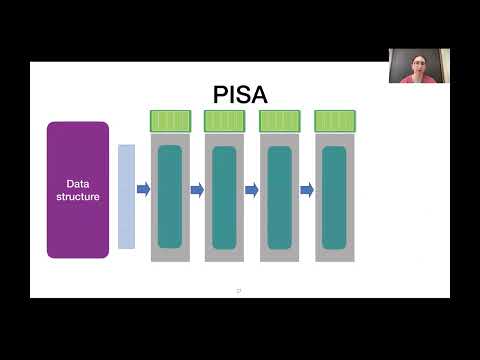Description:
Explore a groundbreaking approach to modular switch programming in this 14-minute conference talk from NSDI '22. Dive into P4All, an extension of P4 that introduces elastic data structures for optimal resource utilization in programmable networks. Learn how this innovative solution addresses challenges in access control, routing, monitoring, caching, and synchronization. Discover the power of symbolic primitives and objective functions in defining flexible data structures that automatically adapt to available switch resources. Examine the implementation of the P4All compiler, utilizing dependency analysis, loop unrolling, and constraint solving techniques. Gain insights into the creation of reusable elastic data structures such as hash tables, Bloom filters, sketches, and key-value stores. Evaluate the compiler's performance and its ability to efficiently translate elastic programs into P4 code. Understand how P4All enhances modularity, eliminates frustrating compile-debug cycles, and optimizes resource allocation in programmable networks.
Read more

Modular Switch Programming Under Resource Constraints
Add to list
#Conference Talks
#USENIX Symposium on Networked Systems Design and Implementation (NSDI)
#Computer Science
#Computer Networking
#Network Engineering